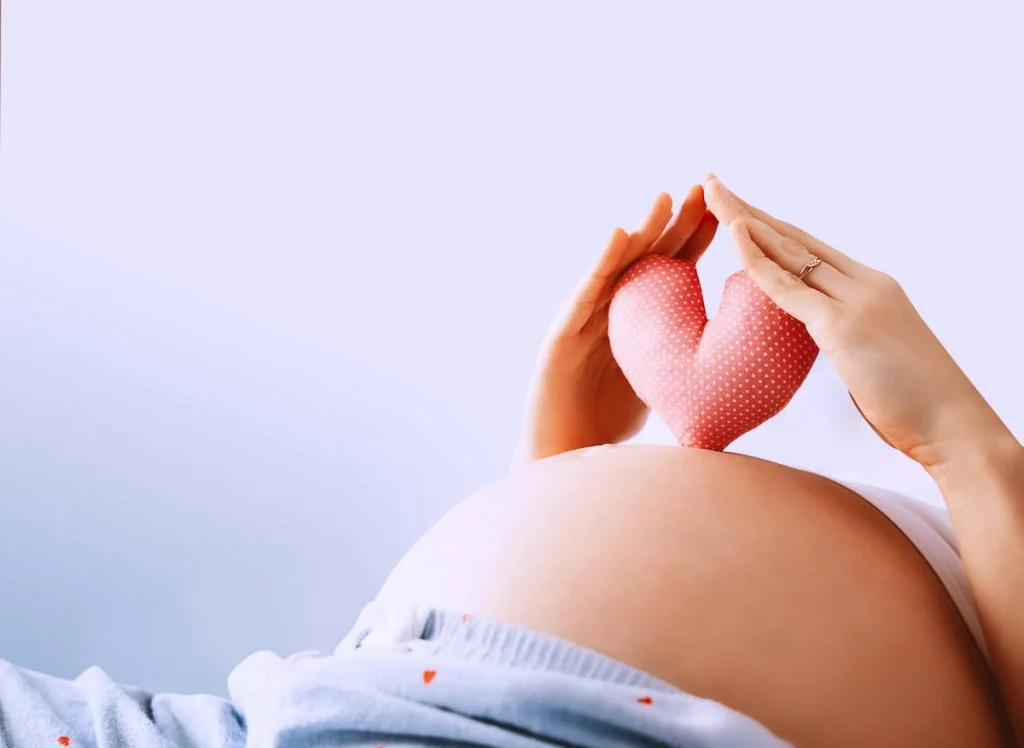We sold our house last week. It wasn’t a monumental event; after all, homes change hands every day. We hadn’t called that place home for several years, opting to rent it out after moving to the suburbs a few years back. Over time, various groups of twenty-somethings made it their own.
While I had good tenants and was relieved to wrap up my landlord duties, a persistent part of me felt a heavy sadness. I even considered making the two-hour drive into the city just to say farewell—not to the house itself, but to the small patch of dirt in front of it.
Almost seven years ago, we planted a tall hibiscus in that little mound of earth. Eager to bring some life and color to the yard, we splurged on gardening tools and vibrant flowers, transforming the space with yellows, oranges, and reds. We surrounded that hibiscus with countless colorful impatiens, intending to spruce things up. Deep down, we both knew it was more than just gardening; it was a way to cope with our grief.
A week prior, we had faced the stillness of an ultrasound machine, which echoed with silence instead of the comforting sound of a heartbeat. I walked into the hospital carrying a lifeless fetus and left feeling a piece of my soul was gone. As my partner, Jake, worked in the yard that summer afternoon, I stood back, hoping my sorrow would be buried with the roots of that hibiscus. Unbeknownst to us, our gardening became a kind of memorial; the hibiscus turned into a headstone for our loss.
After planting it, I thought moving forward would be simple. However, the months that followed were some of the darkest I’ve known. With the economy faltering, Jake faced job-related stress, while I spiraled into a cycle of despair and anger. I was consumed by feelings of rage and emptiness, and fertility treatments became my new routine, alongside the disheartening single lines on pregnancy tests. Yet, each time I passed that hibiscus, I felt a bittersweet sense of peace, if only fleeting.
A year later, we moved, and the plant didn’t survive. To be honest, it likely wouldn’t have thrived even if we had remained. The soil was poor, sunlight was scarce, and my gardening skills are far from great.
There are so many memories tied to that house. Bringing my first son home on a chilly October day, hosting Saturday night dinners in our tiny kitchen, and dancing in a cramped living room. But out of all those memories, the flower—and the dirt where it once stood—resonates the most, carrying a complex blend of emotions.
That plant may have started as a symbol of our grief but evolved into a testament to our strength. Through our pain, Jake and I grew closer than ever. From the decay of that flower, we nurtured a love and appreciation deeper than I had ever known. It brought forth an unwavering hope and an inexplicable faith.
A few years ago, while tidying up the yard, I noticed the semicircle of bricks still marking the spot where the hibiscus thrived. I paused there, whispered a goodbye to our sweet angel, and expressed gratitude for our younger son, born a couple of years later. I didn’t linger long, but I acknowledged the past before moving on.
Yet, as I awaited confirmation from our lawyer that the house sale was finalized, my thoughts kept drifting back to that hibiscus plant, the bricks, and the grief buried beneath the surface. It puzzled me why I felt a resurgence of emotion over something that represented a painful chapter in our lives.
Society often downplays the grief associated with miscarriages. We’re told it’s not a loss worth mourning, that it wasn’t meant to be, or that it will happen when the time is right. But despite all the logical reasons for a miscarriage, I felt a deep, almost irrational sense of loss—one that transcended any silver lining offered by well-meaning others. The raw truths of love, loss, and hope are often intertwined in ways that defy understanding.
We leave bits of ourselves scattered throughout life, and my grief remains in that dirt in front of the house on Nelson Street. But as I left pieces behind, I also carried forward hope, resilience, and courage. Perhaps what truly matters isn’t what we leave behind, but what we carry with us.
Goodbye, house on Nelson Street. Goodbye, flower that once was, and the patch of dirt that remains. Goodbye. But sweet angel, you will always be with me.
